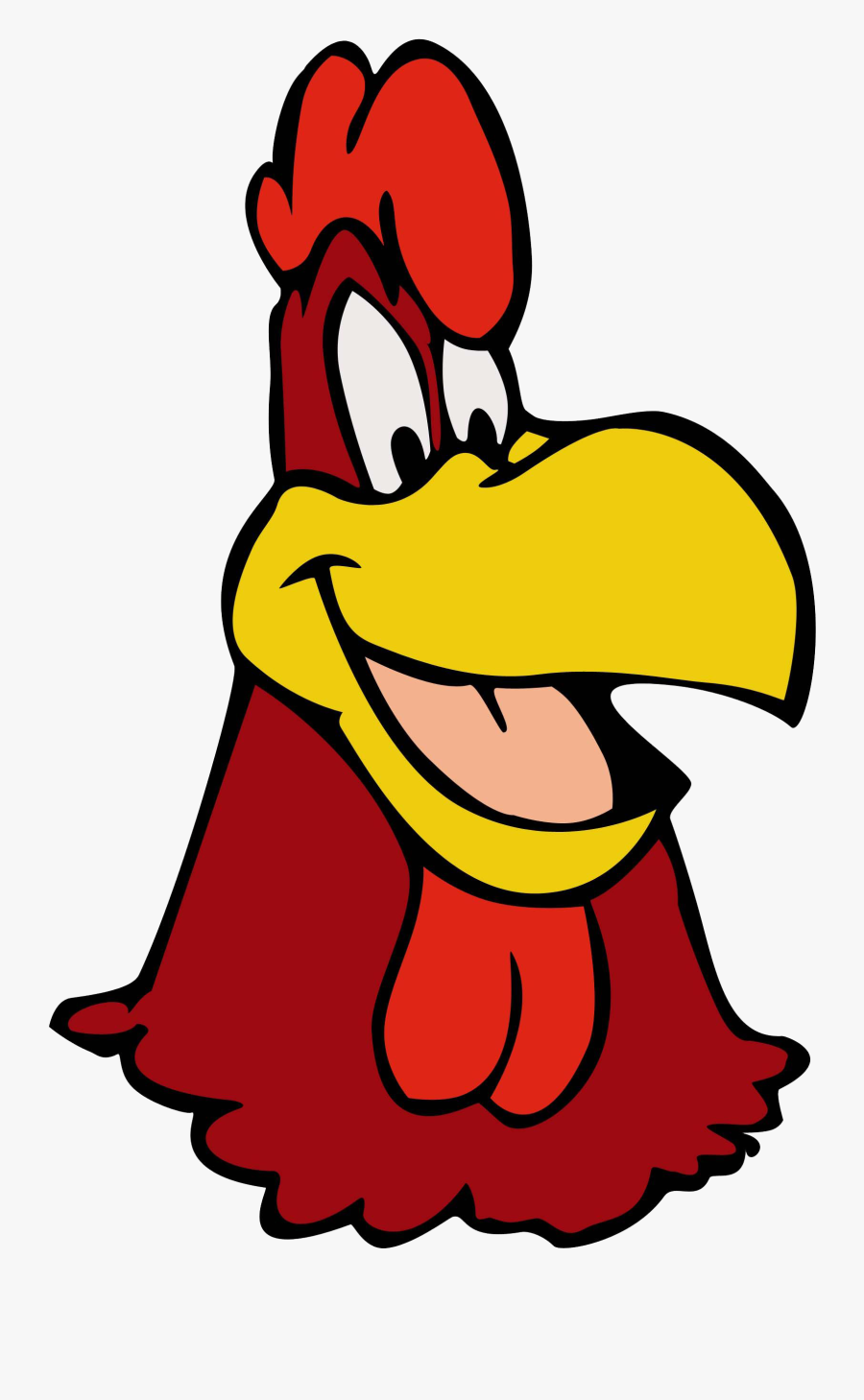Hi guys,
I just got two replacement Seymour Duncan pickups for my Washburn. I'm ready to wire, but after looking through your schematics I have a few questions about the leads. I know each lead by color:
Bare - ground; Green - start of south coil; Red - finish of south coil; Black - start of north coil; and White - finish of north coil.
Can you explain the purpose of start and finish leads? I would think that the finish leads would make good hot leads and the start leads would be for parallel wiring. For instance, if I wanted to coil split the humbucker to get the south coil signal alone would I be interested in the Green lead or the Red lead?
In the case of the Green lead I would think the purpose would be for parallel wiring of the White lead of one humbucker to the Green lead of another.
Can someone give some advice or a link to this information?
Thanks,
Matt Armshaw
I just got two replacement Seymour Duncan pickups for my Washburn. I'm ready to wire, but after looking through your schematics I have a few questions about the leads. I know each lead by color:
Bare - ground; Green - start of south coil; Red - finish of south coil; Black - start of north coil; and White - finish of north coil.
Can you explain the purpose of start and finish leads? I would think that the finish leads would make good hot leads and the start leads would be for parallel wiring. For instance, if I wanted to coil split the humbucker to get the south coil signal alone would I be interested in the Green lead or the Red lead?
In the case of the Green lead I would think the purpose would be for parallel wiring of the White lead of one humbucker to the Green lead of another.
Can someone give some advice or a link to this information?
Thanks,
Matt Armshaw





Comment